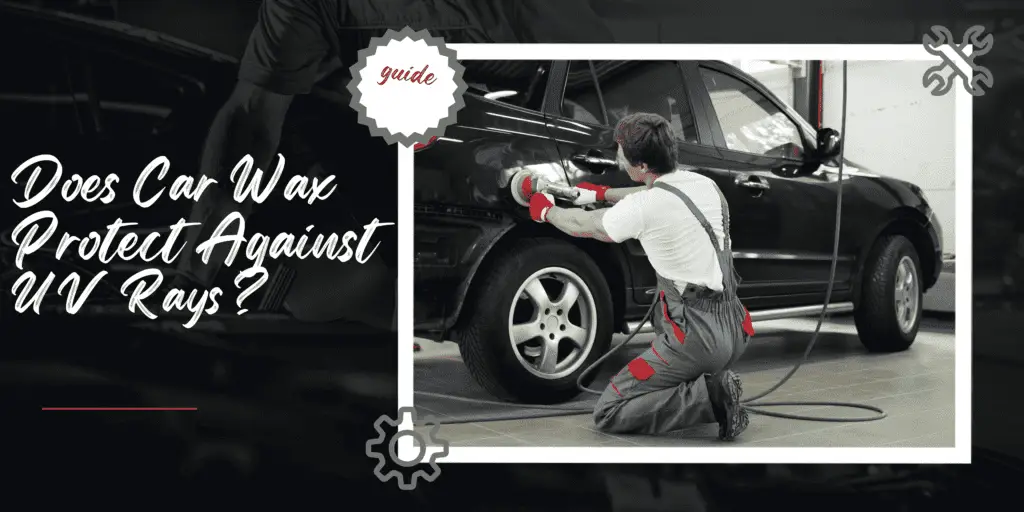Clear visibility through your car windows is crucial for safe driving, especially during foggy and humid conditions. Fogged windows can impair your vision and increase the risk of accidents. In this article, we will provide you with effective tips to defog your car windows and maintain clear visibility while on the road.
Driving with fogged windows poses a significant safety risk. It is essential to ensure that your car windows are clear and free from condensation or fog. Foggy windows can result from various factors, including temperature changes, humidity, and external conditions.
Table of Contents
Understanding Window Fogging

Causes of window fogging
Window fogging occurs when warm, moist air comes into contact with a colder surface, such as the car windows. The moisture in the air condenses on the cooler glass surface, resulting in fog or condensation.
Impact of temperature and humidity
Temperature and humidity play a significant role in window fogging. Cold weather, combined with high humidity levels inside the car, increases the likelihood of fogged windows. Understanding these factors can help you implement effective defogging techniques.
Preparing Your Car for Defogging
Start with a clean interior
A clean interior helps reduce the presence of dust, dirt, and other particles that can contribute to window fogging. Regularly vacuum the car’s interior and wipe down surfaces to minimize the buildup of contaminants.
Check and replace cabin air filters
Cabin air filters play a crucial role in maintaining air quality inside the car. A clogged or dirty filter can hinder proper airflow and contribute to window fogging. Check your car’s manual for instructions on how to locate and replace the cabin air filter regularly.
Tips for Defogging Your Car Windows

Turn on the defrost function
Most modern cars are equipped with a defrost function. Activate this function to direct warm air onto the windshield and other windows. The defrost function helps raise the temperature of the glass surface, reducing condensation and fogging.
Adjust the temperature and fan speed
Set the temperature to a level that is warm enough to prevent fogging but not too hot to make the interior uncomfortable. Adjust the fan speed to circulate the warm air effectively throughout the car.
Crack the windows
Slightly open the windows to allow for better airflow. This helps exchange the humid interior air with drier exterior air, reducing the moisture content inside the car.
Use exterior airflow
If possible, use the exterior airflow setting on your car’s ventilation system. This draws in fresh air from outside, further aiding in reducing humidity levels inside the car.
Utilize the air conditioning system
Switch on the air conditioning system, even in cooler weather. The AC system helps remove moisture from the air by condensing it, contributing to faster defogging of the windows.
Avoid recirculating air
Refrain from using the recirculation mode on your car’s ventilation system while defogging. This mode recirculates the same air inside the car, increasing humidity levels and prolonging the defogging process.
Consider using a defogging product or home remedies
Several commercial defogging products are available in the market. These products help reduce window fogging by creating a barrier that prevents condensation. Additionally, you can use home remedies such as a mixture of water and vinegar or shaving cream to create a temporary anti-fog coating on the windows.
Preventative Measures

Use anti-fog treatments
Apply anti-fog treatments specifically designed for car windows. These treatments create a hydrophilic surface that prevents condensation from forming on the glass, ensuring clearer visibility.
Keep windows clean and free from residue
Regularly clean your car windows inside and out to remove any residue or dirt that can contribute to window fogging. Use a non-streak glass cleaner and a microfiber cloth for best results.
Use moisture-absorbing materials
Place moisture-absorbing materials such as silica gel packets or moisture-absorbing bags inside the car to help reduce humidity levels. These materials absorb excess moisture from the air, minimizing the chances of window fogging.
Conclusion
Clear visibility through your car windows is essential for safe driving. By following these effective tips to defog your car windows, you can ensure a clear view of the road, even in foggy or humid conditions.
Remember to maintain a clean interior, utilize the defrost function, adjust temperature and fan speed, and consider using defogging products or home remedies. Implementing preventative measures and keeping your windows clean will also help minimize the occurrence of window fogging.
FAQs
Q: Can I use a hairdryer to defog my car windows?
A: While using a hairdryer may provide temporary relief from foggy windows, it is not recommended as a long-term solution. The heat from a hairdryer can damage the glass or other components in the car’s interior.
Q: Can I use newspaper to defog my car windows?
A: Newspaper can be used to wipe away excess moisture on the windows, but it does not prevent or reduce fogging. It is more effective to implement the tips mentioned in this article for defogging and maintaining clear windows.
Q: How often should I replace the cabin air filter?
A: The frequency of cabin air filter replacement depends on several factors, including the manufacturer’s recommendations and driving conditions. It is generally recommended to replace the cabin air filter every 12,000 to 15,000 miles or as specified in your car’s manual.







